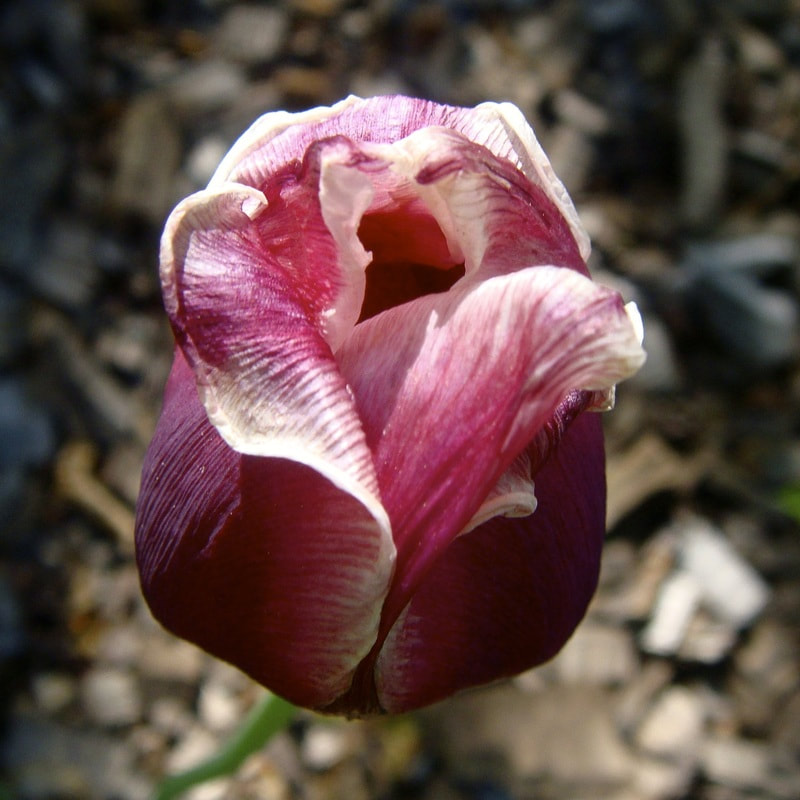There’s No Such Thing as Too Much of
Jason Sheehan’s “There’s No Such Thing As Too Much Barbecue”:
A Pedagogical Discussion
Mike Catron
8.1
|
So, after taking more Rhet/Comp courses myself, and getting involved with the National Writing Project, the Nebraska Writing Project, and developing an appreciation for place-based argument, I reorganized the course. Because my students have the least experience with, and exposure to, Rhet/Comp-style reading and writing, I take them through a full semester of conventional essay writing: editorials, arguments of position, and arguments of action. This approach helps my students engage in writing and with one another. Place-based arguments such as proposing the district ban plastic water bottles, or caffeinated beverages, or install EV charging stations in the parking lots gives students permission to reveal what they care about and makes them more open to receiving feedback and discussing their writing projects because the writers want to persuade a clear audience about a real issue. After spending nine weeks exploring traditional arguments, the same roster of students returns and we transition into working on more personal writing: narratives, philosophies, and cultural criticisms and observations. That is why, in the third week of the second semester of AP Language and Composition, we explore Jason Sheehan’s “There’s No Such Thing As Too Much Barbecue.” Click here to continue reading.
|
Ars Media: A Toolkit for Narrative Medicine in Writing Classrooms
Brooke Covington
8.1
|
The stakes are high. In his piece, McAdams explains that “when the pandemic is over, an entire generation of healthcare workers will have stories to tell, and it’s our job as writers, professors, editors, and proofreaders to help them.” I agree with McAdams, but I will add that it is our duty to help not just the healthcare workers who have stories to tell, but also those storytellers who enter our classrooms or live in our communities. As teachers of writing, we can support, nourish, and cultivate this urge to tell those stories—through this piece, I invite you to consider how.
This toolkit is organized by first, suggesting a few salient reasons for incorporating narrative medicine into writing courses. The following section then outlines the pedagogical pillars on which this toolkit was built, before describing the specific learning objectives of my narrative medicine course along with an overview of potential readings and writing prompts. The toolkit ends by offering some student testimony to the benefits of incorporating narrative medicine into writing courses. Click here to continue reading. |
A Desire for Stories
W. Scott Olsen
8.1
|
In my class, after the field research assignment, I introduced them to Storycorps. Storycorps, of course, is the radio program based around interviews. According to its website, Storycorps was founded in 2003 at New York’s Grand Central Terminal and, since then, more than half a million people have contributed stories. Storycorps is a longtime partner of NPR’s Morning Edition, has won Peabody Awards; their list of accomplishments is long and deep.
If you are unfamiliar with Storycorps, find them here. If the field research assignment is ethnography or journalism, the Storycorps assignment is oral history. I impress upon my students the fact that they will not only produce a Storycorps interview, it will be published. The Storycorps archives are at the Library of Congress and can be searched, by anyone and everyone, via the internet forever. I even tell them this could be a line on their resume. Click here to continue reading. |
Seed Stories: Pitched into the Digital Archive
C.S. Wiesenthal
8.1
|
All of my creative writing courses include frequent field trips and exercises based on our class visits to local “GLAM” sites –galleries, libraries, archives, and museums. These forays have included, for example, trips to our special collections library to view artists’ altered books and representative examples of publishing formats over book history, in order to get creative writing students thinking about form, structure, and the power of the book as a medium (what, exactly, counts as “a book,” and whether it should be altered by other artists as an “art object” turn out to be surprising complex and contentious questions!). We have visited the municipal garbage dump for inspiration (exploring environmental themes by tracing the life cycle or biography of one selected piece of “garbage” from its point of manufacture to its post-consumer afterlife—an exercise that may resonant even more strongly in the wake of the pandemic’s spotlight on our over-reliance on global supply chains). And students have completed low-stakes writing exercises on stories they’ve discovered in connection with visits to various museum collections, ranging from fine art and textiles to paleontology and zoology. I will contact curators and visit such collections in advance to organize and plan these class exercises, thinking about how the materials and physical spaces might relate to either thematic issues or lend themselves to highlighting selected technical aspects of creative writing. In short, though, usually we walk, gawk, touch, listen and sniff a lot as we think and write. Click here to keep reading.
|




